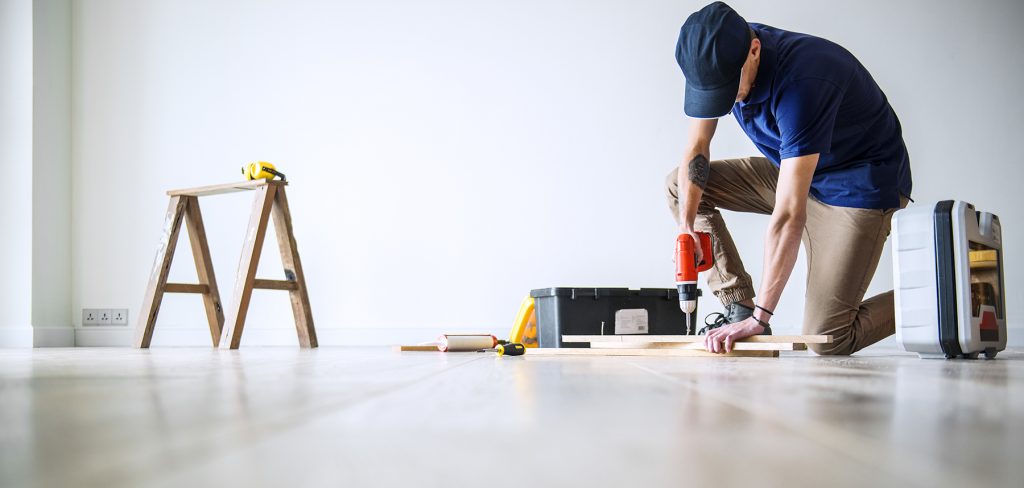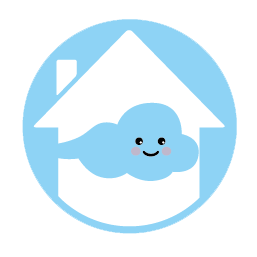
If you’ve ever watched an episode of home renovation TV, you know the allure of wood flooring—and maybe even have pulled up some old carpet in your own home, furtively hoping for the glimpse of hardwood beneath. No matter which wood flooring type you have in your home, the look is classic and works with virtually every interior style. But not all wood flooring is the same! The type you choose—solid versus engineered, finished versus unfinished, oak versus pine—will have a huge effect not just on how the look but also how it wears, and how much you’ll have to maintain it over time.
Solid vs. Engineered
The first decision to make: Do you want solid wood floors or engineered? It’s an aesthetic decision, sure, but also a practical one. Here’s the difference.
Solid
Solid wood floorboards, as their name suggests, are made from solid planks of hardwood. They’re common in older houses and can be sanded and re-stained many times. The biggest downside? They may warp in a humid environment.
Engineered
Engineered floorboards are made up of layers of wood veneer (thin sheets of real wood). They often come pre-finished and are actually more durable than solid wood boards when it comes to warping and gaping. However, given that these boards are made up of thin layers, they likely can’t be refinished. So, if you think you might want to switch floorboard colors in a few years, they probably aren’t for you.
Finished vs. Unfinished
Most engineered floorboards will come pre-finished, meaning the stain is already on them before you install. Solid wood floors might come pre-finished or unfinished. Here’s the difference.
Pre-finished
Installing pre-finished floorboards mean you won’t have to sand or stain them on-site, so if you’re concerned about fumes or dust, these are probably your best bet. They also tend to be more expensive to purchase for that reason.
Unfinished
Unfinished floorboards are sanded and stained on-site, so they allow for more control over the color and finish. While these boards may cost less than pre-finished boards, the labor and process involved in finishing them on-site will likely add up to more.
Wood Species
When selecting hardwood floors there are dozens of options, both new and reclaimed (salvaged from use in a previous building or project). Here are some of the most popular:
- Oak: One of the most common floor types, oak is beloved for its durability, wide grain, and ability to showcase a number of different stains. The most common types of oak flooring are White Oak and Red Oak.
- Walnut: Walnut has a darker, redder base tone, making it a richer, warmer floor option—and also a very durable one.
- Maple: Maple has a distinct grain pattern that’s finer than many other woods, but it’s more susceptible than some other woods to rot from insects.
- Cherry: Known for its reddish hue and a texture that’s shinier than many other woods, cherry is extremely durable.
- Ash: A light wood popular with furniture makers, ash also makes a good floor option. White Ash features more subtle graining while Black Ash has a dark grain that contrasts with its light background.
- Bamboo: Bamboo has a pretty, light finish, but—being technically a woody grass—it’s more fragile than other hardwoods. On the upside, it’s a renewable resource.
- Teak: Often used in outdoor furniture, teak is extremely durable and resistant to rot. It’s often a more expensive option.
- Pine: Just as there are hundreds of types of pine tree, there are tons of types of pine floors. The wood varies widely in durability between species, so be sure to ask a specialist about the specific type you’re considering.

